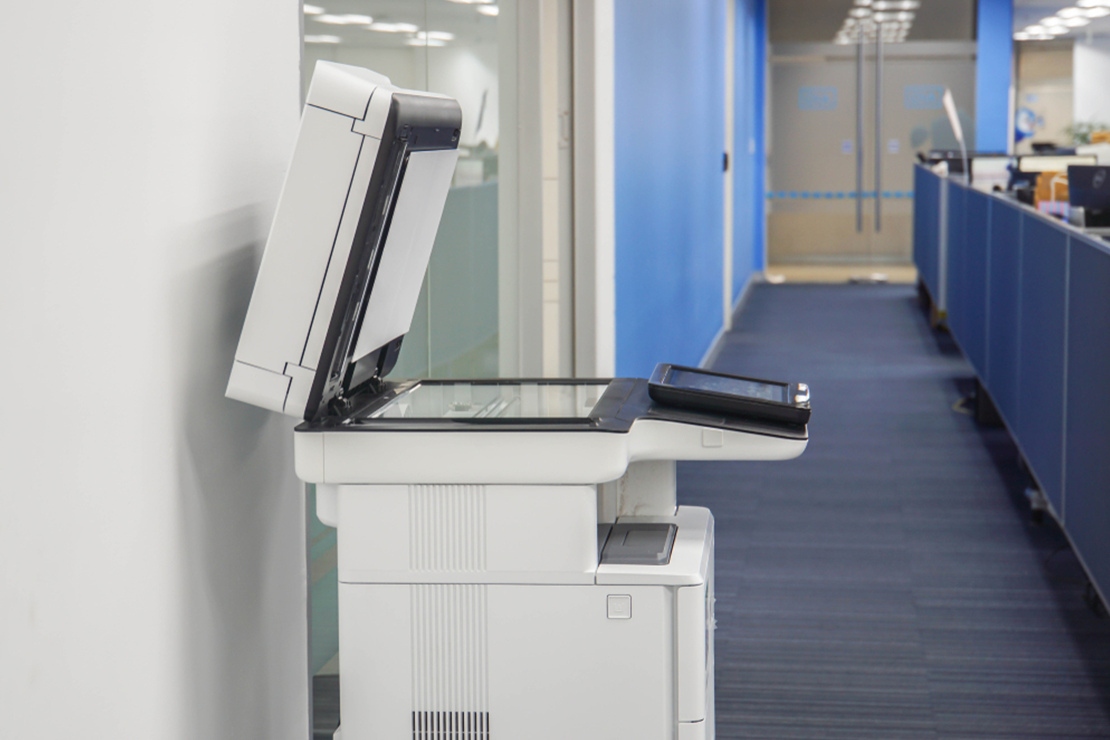When it comes to purchasing a printer, there are several factors and specifications that need to be considered to ensure you make the right choice. In this article, we will explore five key factors that should be taken into account when purchasing a printer. By understanding these factors, you can make an informed decision and find a printer that meets your specific needs.
- Printing Technology:
The first factor to consider is the printing technology used by the printer. There are various printing technologies available, such as inkjet, laser, and thermal. Each technology has its own advantages and disadvantages. Inkjet printers are known for their versatility and ability to produce high-quality color prints, while laser printers are more suitable for high-volume printing and offer faster printing speeds. Thermal printers, on the other hand, are commonly used for specialized applications such as barcode printing. Understanding the different printing technologies will help you choose a printer that aligns with your printing requirements. - Print Speed and Volume:
Print speed and volume are crucial considerations, especially if you have high printing demands. The print speed is measured in pages per minute (PPM) and determines how quickly the printer can produce prints. Additionally, the printer's duty cycle, which indicates the maximum number of pages it can handle per month, should be taken into account. If you have a small office or home setup, a printer with a lower duty cycle may suffice. However, for larger businesses or heavy printing needs, opting for a printer with a higher duty cycle and faster print speed is advisable. - Print Quality:
Print quality is an essential factor, particularly if you require professional-looking prints. The resolution of a printer is measured in dots per inch (DPI) and determines the level of detail and sharpness in the prints. Higher DPI values generally result in better print quality. Additionally, considering the printer's color accuracy and the availability of color management features is crucial, especially for graphic designers or photographers who require precise color reproduction. - Connectivity Options:
In today's digital age, connectivity options play a significant role in printer selection. Most printers offer USB connectivity as a standard option, allowing you to connect directly to your computer. However, if you require wireless printing capabilities, it is essential to choose a printer that supports Wi-Fi or Bluetooth connectivity. This enables you to print wirelessly from multiple devices, such as laptops, smartphones, or tablets, enhancing convenience and productivity. - Cost of Consumables:
The cost of consumables, such as ink cartridges or toner cartridges, is often overlooked but can significantly impact the overall cost of printing. Before purchasing a printer, it is advisable to research the cost and availability of replacement cartridges. Some printers may have more affordable initial prices but require expensive or hard-to-find consumables, making them costlier in the long run. Considering the cost of consumables will help you make an informed decision and avoid any unexpected expenses.
Conclusion:
When purchasing a printer, it is crucial to consider multiple factors to ensure you choose the right one for your needs. By evaluating the printing technology, print speed and volume, print quality, connectivity options, and cost of consumables, you can make a well-informed decision. Remember, investing time in research and understanding your specific requirements will help you find a printer that meets your expectations and delivers high-quality prints efficiently.

